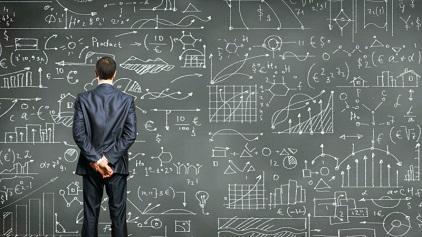
Data is the vital raw material to assess progress in curbing disaster risk, and the gaps need to be filled fast
By Jonathan Fowler
CANCUN, Mexico, 26 May 2017 – Data is a vital raw material if countries are to meet the aims of an international agreement on lowering hazard threats, the 2017 Global Platform for Disaster Risk Reduction heard today, as a new monitoring report underscored what needs to be done.
“We can’t change nature. But we can be prepared and ready if we have the right information in our hands. Statistics are the basis of the knowledge that we need to make the world more resilient,” said Mr. Luis Felipe Puente, head of Mexico’s Civil Protection department, at the helm of the Global Platform.
The weeklong meeting in Cancun has seen thousands of officials and technical experts from around the world take stock of efforts to implement the Sendai Framework for Disaster Risk Reduction, a 15-year agreement adopted by the international community at a UN conference in 2015.
Earlier this year, the UN General Assembly approved a package of indicators of success in implementing it, and has also decided to use the Sendai Framework measures to assess progress on the 17 Sustainable Development Goals, also adopted in 2015.
The Sendai Framework has seven targets. It aims to bring about substantial reductions in disaster deaths, the number of affected people and economic losses, plus damage to critical infrastructure and disruption to basic services such as health and educational facilities.
It also seeks to increase the number of countries with national and local risk reduction strategies – by 2020, the earliest deadline in the framework and a key step for meeting the other targets – as well as bolstering the capacity of developing countries, and vastly increasing coverage by early warning systems.
“If you don’t measure something – transparently – it’s not going to happen,” said Mr. Robert Glasser, Special Representative of the UN Secretary-General for Disaster Risk Reduction.
“Effective monitoring of progress in achieving the global targets of the Sendai Framework and disaster-related Sustainable Development Goals is predicated on the availability, accessibility, quality and applicability of multiple datasets,” he underlined.
The first cycle of monitoring progress in implementing the Sendai Framework will be launched in early 2018 and will cover the periods 2015-2016, and 2017-2018. It will end in March 2019, just ahead of the next edition biennial Global Platform.
“The feasibility and quality of the monitoring will be dependent upon the availability and accessibility of the required data. Data that will need to be sufficiently consistent and comparable to allow meaningful measurement of progress and impact,” said Mr. Glasser.
To kick-start the process, 87 of the 193 UN member states across all regions contributed to the Sendai Framework Data Readiness Review 2017, unveiled in Cancun.
They assessed their readiness to monitor and report, and specifically, on the availability of national disaster-related data, data gaps and the type of resources required to fill them.
The findings show that data are available for 83% of countries for Target A, reducing mortality, and 66% for Target B, reducing the numbers of people directly affected.
These percentages decline to 50% for Target C on reducing disaster economic loss in relation to global GDP, and 60% for Target D on reducing damage to critical infrastructure and disruption of basic services.
There are wide data variances also for Target E on the number of countries with national and local disaster risk reduction strategies in place; Target F, on enhancing international cooperation; and Target G on substantially increasing the availability of multi-hazard early warning systems and disaster risk information.